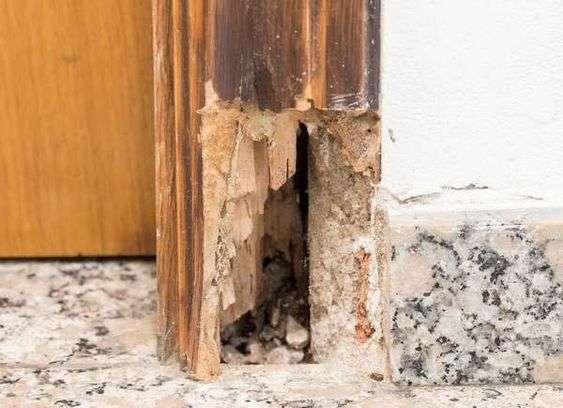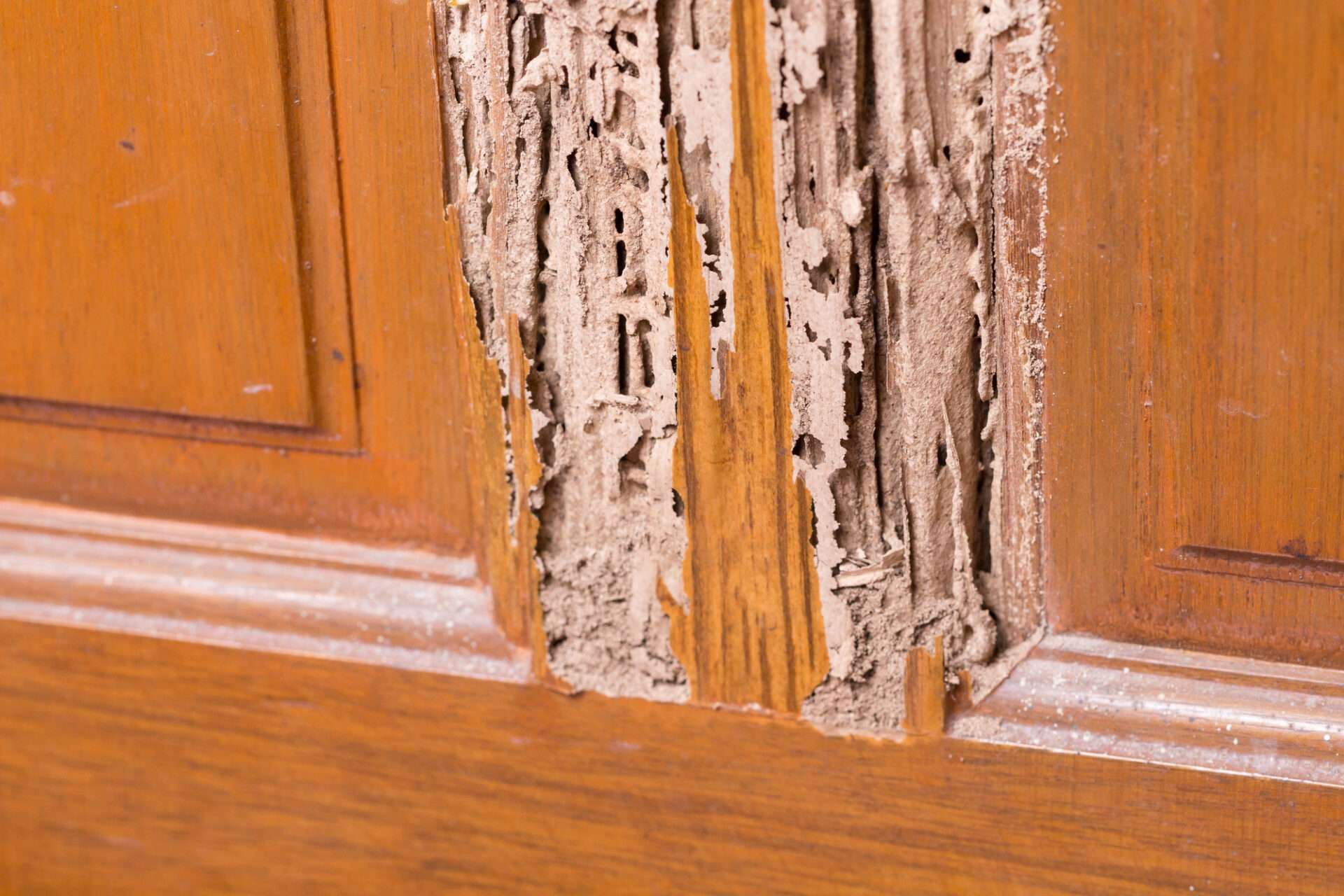Renovating a house that has been ravaged by insects can be a daunting task, but it’s not impossible. Insects like termites, carpenter ants, and even bees can cause extensive damage to a home’s structure and aesthetics. In this guide, we’ll walk you through the process of house renovation that has fallen victim to insect infestations, offering insights, tips, and inspiration to bring your home back to life.
Table of Contents
House renovation: assessing the Damage
Before diving into the house renovation process, it’s crucial to assess the extent of the damage caused by the insect infestations. This involves inspecting the affected areas, identifying weakened structures, and evaluating the overall condition of the house.

Creating a House Renovation Plan
- Setting Priorities: Determine which areas of the house require immediate attention. Address structural damage before focusing on cosmetic improvements.
- Hiring Professionals: Depending on the severity of the damage, consider hiring experts such as exterminators, contractors, and architects to assist with the renovation.
- Setting a Budget: Establish a budget for the renovation project. Factor in costs for extermination, materials, labor, and unexpected expenses.

Dealing with Specific Insect Damage
House Renovation: Termite Infestations
Termites can silently weaken a home’s foundation. Here’s how to address termite damage:
- Extermination: Begin by eliminating the termite colony with the help of professional exterminators.
- Structural Repairs: Repair or replace damaged wooden structures. Reinforce the foundation if necessary.
House Renovation: Carpenter Ants
Carpenter ants burrow through wood, causing structural damage. Follow these steps:
- Identify Nesting Sites: Locate and eliminate carpenter ant nests to prevent further damage.
- Wood Replacement: Remove and replace compromised wood. Inspect surrounding areas for hidden damage.
House Renovation: Bees
Bees, while important for the environment, can nest in unwanted areas. Here’s what to do:
- Safe Removal: Contact beekeepers or pest control experts to safely relocate the bee colony.
- Repairing Entry Points: Seal gaps and openings that allowed bees to enter the house. Repair any damage they caused.
House Restoration and House Renovation
With the insect issues resolved, it’s time to restore and renovate the house:
- Structural Integrity: Ensure the house’s foundation, walls, and roof are stable and secure.
- Interior Makeover: Redesign interiors considering the new layout and functionality. Incorporate insect-resistant materials.
- Aesthetic Enhancements: Fresh paint, new fixtures, and flooring can breathe new life into the renovated space.

Prevention for the Future
- Regular Inspections: Schedule routine inspections for insects to catch infestations early.
- Maintain Landscaping: Trim plants and trees away from the house to prevent easy access for pests.
Conclusion
Renovating a house damaged by insects requires careful planning, professional assistance, and a vision for transformation. By addressing the damage, implementing necessary repairs, and focusing on preventive measures, you can restore your home’s beauty and functionality.
FAQs
Q: Can I handle termite extermination myself?
A: It’s recommended to hire professionals for effective termite extermination due to the complexity of the process.
Q: Are there eco-friendly options for bee removal?
A: Yes, many pest control experts offer humane and eco-friendly bee relocation solutions.
Q: Is it necessary to replace all damaged wood?
A: Not always. A thorough inspection will determine which wood needs replacement.
Q: How often should I schedule pest inspections?
A: Annual pest inspections are advisable to catch any issues early.
Q: Can I prevent carpenter ants without chemicals?
A: Yes, sealing cracks and keeping wood dry can help deter carpenter ants without chemicals.










